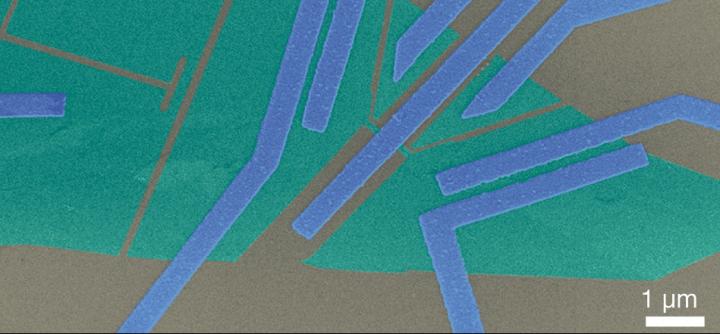
Quantum Entanglement Heats Up
In quantum computing, entanglement is the method used to fuse individual quantum systems into one, which exponentially increases their total computational capacity. Scientists from Finland, Russia, China, and the USA demonstrated that temperature difference can entangle pairs of electrons in superconducting structures and published results in Nature Communications.
Given that quantum entanglement is the basis of novel quantum technologies, the use of heat to entangle electrons addresses powerful applications in quantum devices—applications potentially ushering in a second quantum revolution.
Led by Professor Pertti Hakonen from Aalto University, the team demonstrated that the thermoelectric effect delivers a new way to produce entangled electrons. Entanglement can also be used in quantum cryptography for the secure exchange of information over long distances.
The researchers designed a device where a superconductor was layered with graphene and metal electrodes. Superconductivity is caused by entangled electron pairs. Using a temperature difference split them so that electrons moved to a different normal metal electrode, and electrons stayed entangled despite distances.
